Dangmyeon, also known as Korean glass noodles, is a staple in many Korean dishes. Made from sweet potato starch, these Korean noodles have a unique chewy texture and are famous for their ability to soak up flavors from sauces and broths. But Korean glass noodles aren't just tasty; they're also quite easy to prepare.
One of the most well-loved dishes featuring dangmyeon is japchae - this dish combines the noodles with a colorful mix of stir-fried vegetables and meat, all brought together with a sweet and savory soy sauce. It’s a versatile dish, enjoyed sometimes as a main course, but more often featured as one of an array of banchan (side dishes).
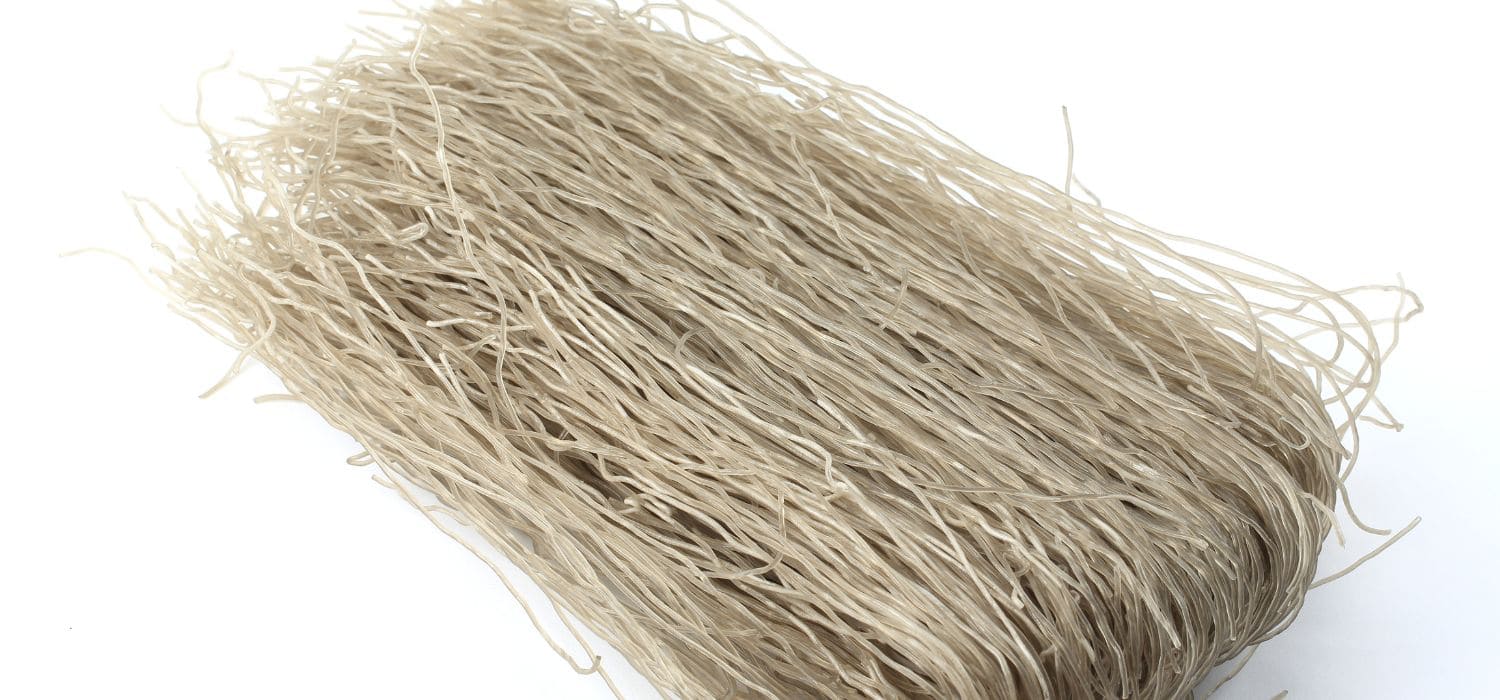
Jump to:
🍜 What Is Dangmyeon?
The Basics of Dangmyeon
Dangmyeon is popular in various Korean dishes. These noodles are made primarily from sweet potato starch, water, and salt. When cooked, they become chewy and absorb flavors well, also becoming nearly transparent, earning their nickname "glass noodles."
The main ingredient of dangmyeon is sweet potato starch, making it a great grain-free, nightshade-free noodle option. To make them, sweet potatoes are processed to extract their starch, then purified and dried to form the noodles.
Beyond japchae, these starch noodles are used in soups, salads, and hot pots. They're great for absorbing the flavors of broths and sauces, making them ideal for various recipes.
🍠 Cultural Significance
During Chuseok, a major harvest festival, families often prepare traditional dishes that include these noodles. Japchae, in particular, is a staple dish served during Chuseok. The colorful mix of vegetables, meat, and noodles symbolizes prosperity and good fortune.
Another notable dish featuring dangmyeon is sundubu jjigae. This spicy tofu soup often includes glass noodles, adding texture and flavor.
Another occasion where dangmyeon is prominently featured is Korean weddings. The noodles are sometimes included as part of the wedding feast, symbolizing longevity and happiness.
In addition to weddings and holidays, dangmyeon is also enjoyed during New Year's celebrations and other family gatherings. Its inclusion in these special events highlights the noodles' significance in cultural traditions and their ability to unite people.
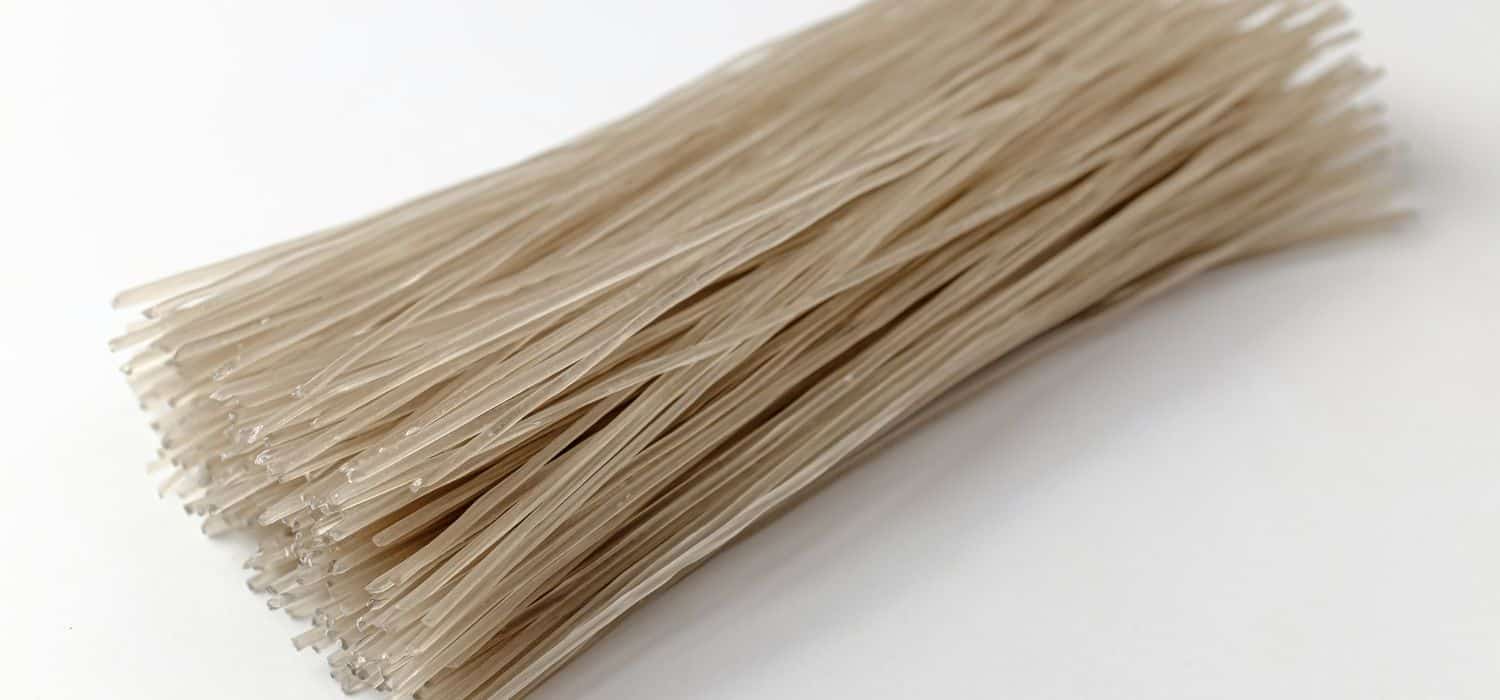
👨⚕️ Nutritional Profile
Dangmyeon noodles primarily consist of carbohydrates, with almost no fat or protein. This makes them an energy-dense food, releasing glucose into the bloodstream quickly; a typical serving size (about 100 grams) contains roughly 337 calories.
But one key advantage of dangmyeon is that they're naturally gluten-free. For people with celiac disease or gluten intolerance, this makes an excellent alternative to traditional wheat-based noodles.
Alongside being gluten-free, these noodles are also vegan and vegetarian-friendly. Since they are made from sweet potato starch and water, they fit well into plant-based diets.
🔪 Preparation and Cooking Tips
From Dried Form to Ready-to-Eat
To start, soak the dried dangmyeon noodles in warm water for about 20-30 minutes. This helps soften them before cooking. Once the noodles are pliable, boil a pot of water and cook the soaked noodles for about 6-7 minutes until they become translucent and chewy.
After boiling, drain the noodles and rinse them with cold water to stop the cooking process and firm up the texture. This step is crucial for achieving the right consistency.
Avoiding Common Cooking Mistakes
One common mistake is overcooking dangmyeon. Overcooked noodles become mushy and lose their desirable chewiness. While boiling, keep a close eye on the noodles and taste them frequently to ensure they remain slightly firm.
Another mistake involves not properly draining the noodles after boiling, which can cause them to stick together. After draining, toss the noodles with a bit of sesame oil to keep them separate and enhance their flavor.
Texture Preservation Techniques
To preserve the texture, handle the noodles gently during preparation. Avoid excessive stirring while boiling and when mixing them with other ingredients. Stirring too much can break the noodles and make them lose their chewiness.
Blanch the noodles quickly if you plan to use them in cold dishes; this helps maintain their firmness. Also, consider adding a drizzle of oil when combining the noodles with vegetables and sauces, which prevents them from clumping up and keeps the texture just right.
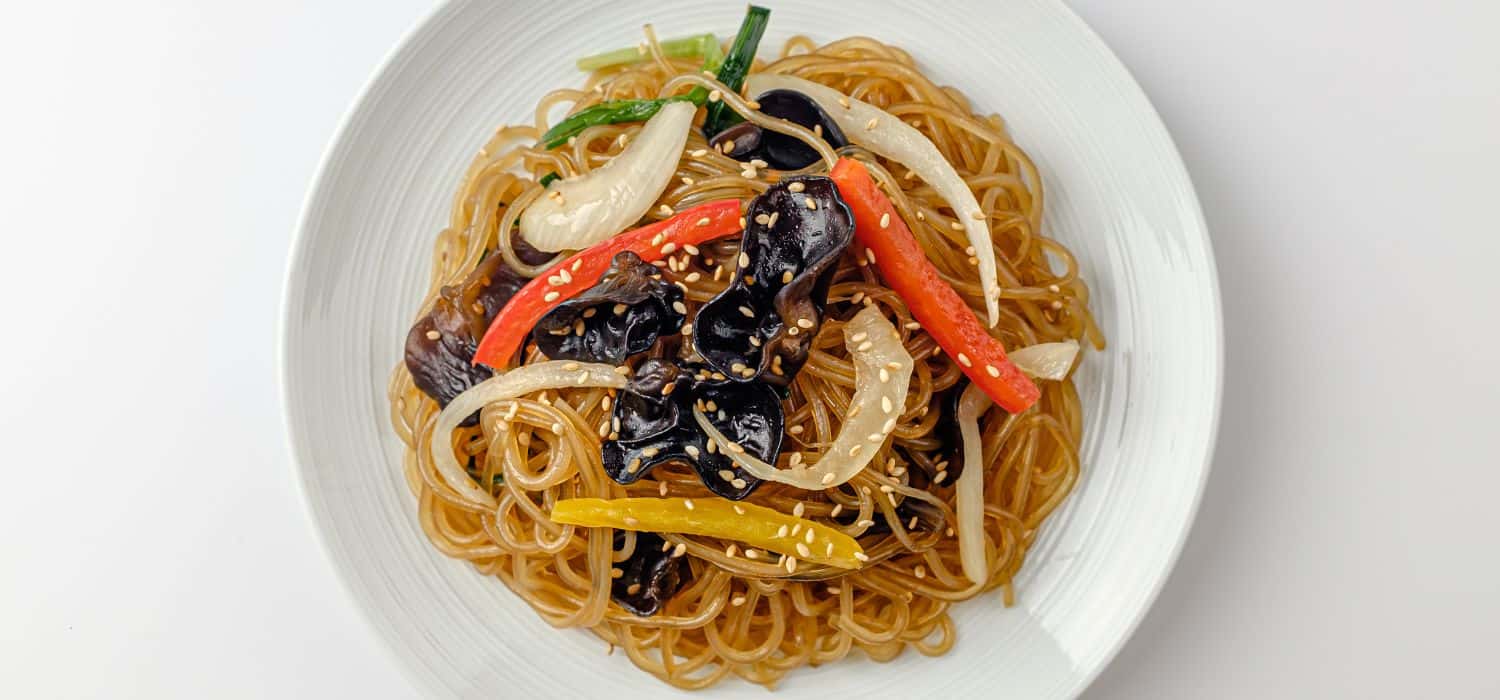
Traditional Japchae Recipe
Ingredients and Substitutes
For a traditional japchae, you'll need sweet potato glass noodles (dangmyeon), soy sauce, sugar, sesame oil, garlic, salt, and pepper. The main vegetables include spinach, carrots, onions, and shiitake mushrooms. To add protein, thinly sliced beef is commonly used. For substitutions, you can use chicken or even tofu for a vegetarian option.
Here’s a basic ingredient list:
- 200g of sweet potato glass noodles
- 100g of beef (optional)
- ½ cup soy sauce
- 2 tablespoons sugar
- 2 tablespoons sesame oil
- 2 cloves garlic, minced
- ½ teaspoon salt
- ¼ teaspoon pepper
- 1 cup spinach
- 1 small carrot, julienned
- 1 small onion, thinly sliced
- 4 shiitake mushrooms, sliced
Step-by-Step Cooking Process
Cook the noodles: Boil the sweet potato glass noodles according to the package instructions, usually about 6 minutes. Drain and rinse in cold water. Cut them into shorter pieces.
Prepare the beef and vegetables: Slice the beef thinly and season with soy sauce, garlic, and sugar. Cook the beef in a skillet until browned. Sauté the spinach, carrots, onion, and mushrooms separately until they’re tender.
Combine and stir-fry: In a large pan, heat some sesame oil and add the cooked noodles. Add the pre-cooked beef and vegetables. Pour in more soy sauce, sugar, and sesame oil. Stir everything together until well-mixed and heated through.
Serving and Presentation
Japchae is best served warm. You can sprinkle sesame seeds on top for added texture and a nutty flavor. Arrange the japchae on a large platter and garnish with extra slivers of julienned carrots and sliced green onions for color.
This dish can be enjoyed as a main course or as a side. It’s delicious and a vibrant and colorful addition to any meal. The combination of sweet and savory flavors makes it a favorite for many.
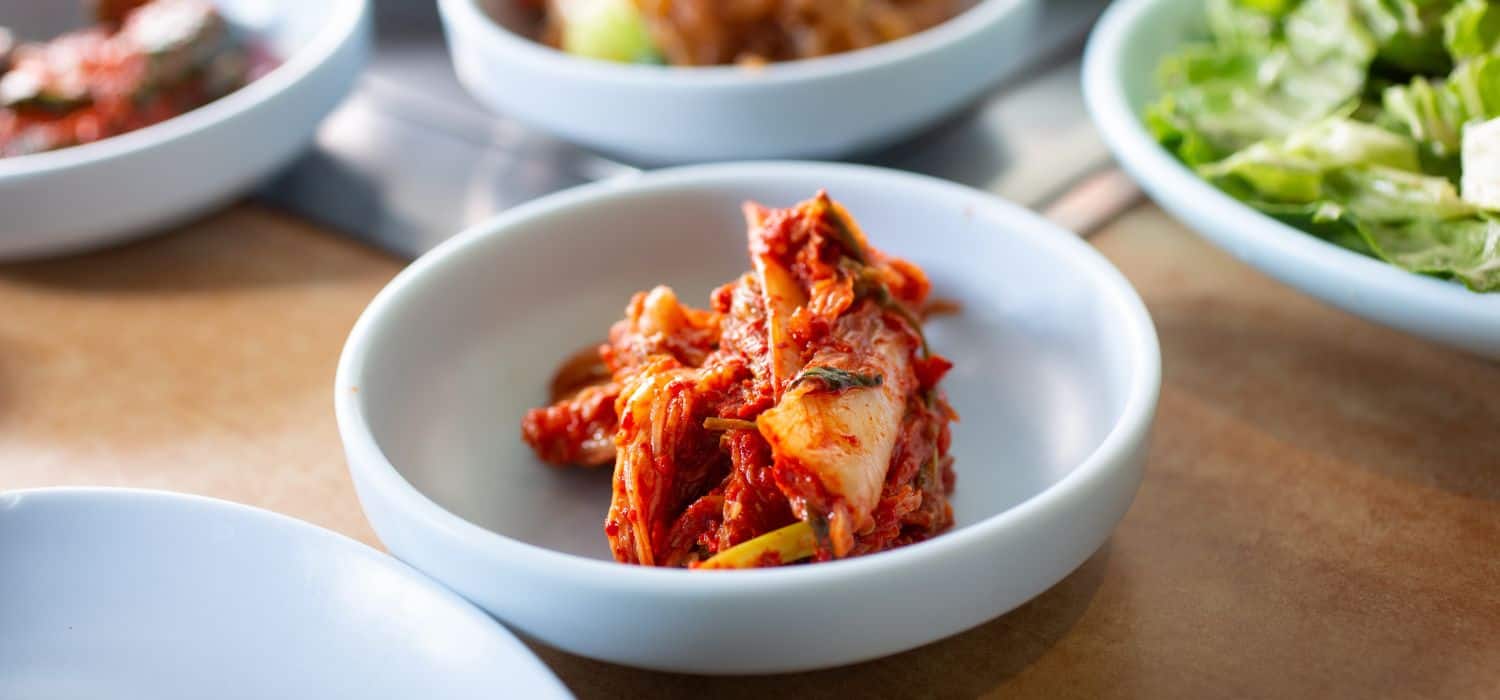
🍲 Variations and Serving Suggestions
Complementary Dishes
Dangmyeon pairs well with both traditional Korean dishes and new culinary explorations. For a classic touch, serve japchae with a side of steamed rice and kimchi. The combination of sweet, salty, and spicy flavors melds beautifully together.
Another great pairing is a simple stir-fry of vegetables and sliced beef or chicken. The textures and flavors of the meat and veggies complement the chewy, slightly sweet noodles. Serving japchae with Korean glass noodles in soups or stews also enhances the depth of flavor.
Meat and Seafood Variations
Dangmyeon pairs well with several kinds of meats. Beef is commonly used in traditional japchae, offering a rich flavor. Pork and chicken are great alternatives if you prefer a different taste or have dietary restrictions against beef.
For a seafood twist, shrimp or squid can be used. The seafood adds a unique texture and taste to the dish. When using seafood, it's essential to cook it just right to stay tender and not rubbery.
Vegetable Swaps and Additions
Vegetables play a crucial role in japchae. Carrots, spinach, and onions are staples, providing color and nutrients. If you want to switch things up, shiitake mushrooms and wood ear mushrooms can add an earthy flavor.
Oyster mushrooms or even baby spinach can bring a different texture and taste. If you like a bit of crunch, adding green onions toward the end of cooking can keep them crisp and flavorful.
Adapting Japchae for Different Diets
Japchae can easily be adapted for various diets. For a vegan option, simply omit the meat and seafood. Increase the quantity of mushrooms, like shiitake and oyster mushrooms, to add a meaty texture.
For a gluten-free version, ensure that all the soy sauce and marinade components are gluten-free. Those following a low-calorie diet will enjoy the naturally low-calorie and low-carb nature of dangmyeon, as it’s made from sweet potato starch.
🍱 Buying & Storing Dangmyeon
Purchasing Dangmyeon Online
For those looking for convenience, purchasing dangmyeon online is a great option. Websites like Amazon offer various brands of Korean glass noodles. Readers can easily compare prices, read reviews, and choose from several options.
Additionally, dedicated Korean food stores online often stock dangmyeon. Sites such as H Mart's online store offer a range of options. Some sites may also include recipes and cooking tips, adding extra value to your purchase.
Specialty Stores and Supermarkets
In larger cities, specialty stores and supermarkets frequently carry Korean glass noodles. Stores like H Mart, 99 Ranch Market, and Korean grocery stores are likely to stock dangmyeon. It's beneficial to check the Asian or international food aisles in major supermarkets as well.
Asian markets often have employees who are happy to help you locate specific ingredients and might provide recommendations or cooking advice. This personal touch can enhance your shopping experience and ensure you get exactly what you need for your recipes.
Proper Storage Techniques
To ensure dangmyeon stays fresh, store it in a cool, dry place. Keep the package in a pantry away from direct sunlight and moisture if unopened. This helps prevent the noodles from turning brittle or developing mold.
Once opened, transfer the noodles to an airtight container or resealable bag. This prevents exposure to air and humidity. If you've cooked the noodles for a dish like japchae, allow them to cool before storing. Place them in a container and cover with plastic wrap to avoid drying out, or freeze them for up to 6 months. Reheat them gently on the stovetop in a bit of oil.
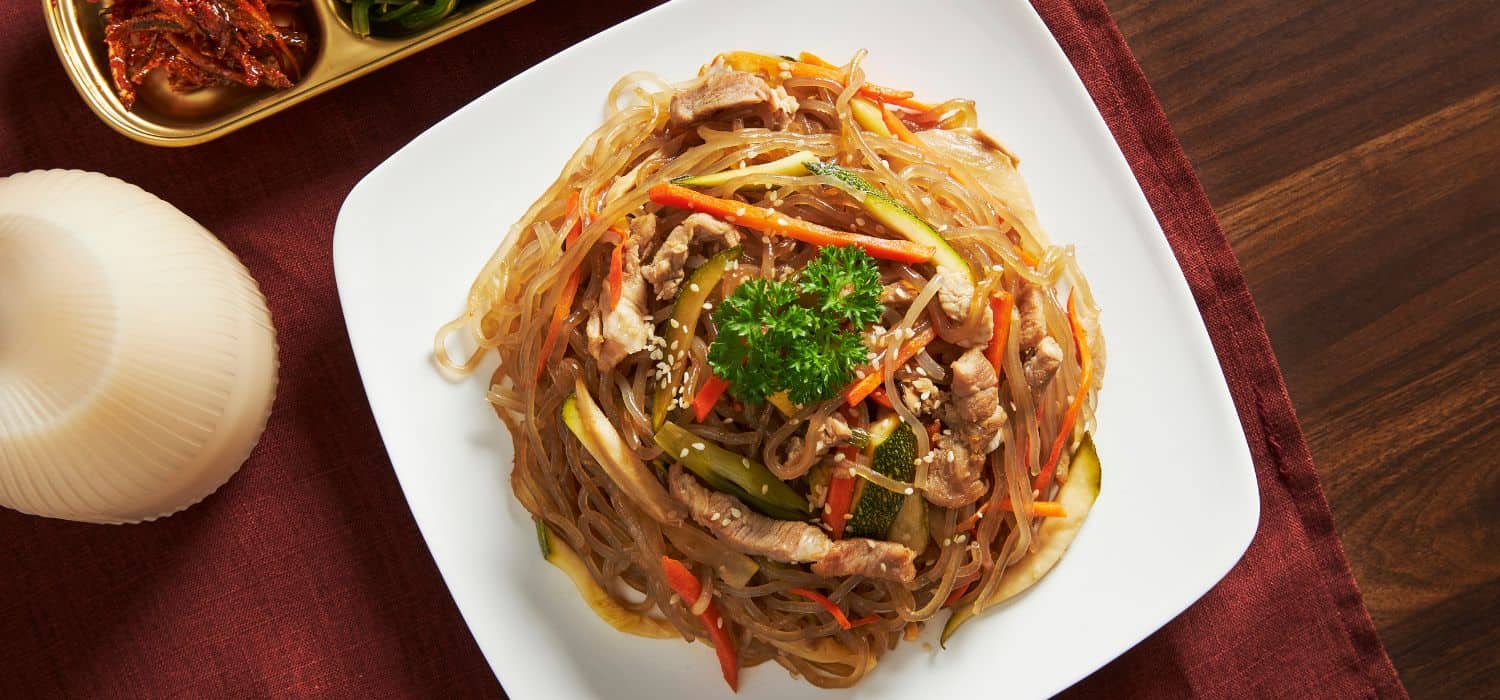
❓ Frequently Asked Questions
Korean glass noodles are made from sweet potato starch and water. They become translucent and chewy when cooked. Usually, they're boiled until they reach the right texture and then rinsed with cold water to prevent sticking.
A classic japchae recipe includes dangmyeon noodles, soy sauce, sugar, sesame oil, and various vegetables like shiitake mushrooms, carrots, spinach, and bell peppers.
Often, beef or another protein is also added. Stir-frying these ingredients together brings out their best flavors.
Dangmyeon noodles can be found online or at Asian grocery stores. Many large supermarkets with international sections may also carry them.
Yes, these noodles don't contain refined wheat and have about four grams of fiber per serving. They're also lower in calories compared to wheat-based noodles. Including a variety of vegetables in dishes like japchae can boost their nutritional benefits even more.
If you can't find dangmyeon noodles, you can use rice noodles or mung bean noodles as substitutes. They may not have the exact same texture but will work well in similar dishes.

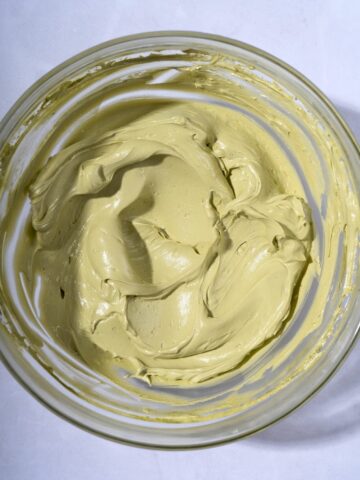
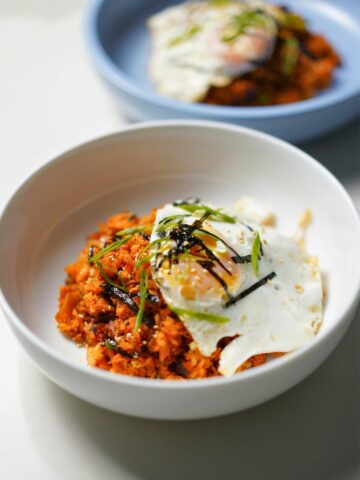
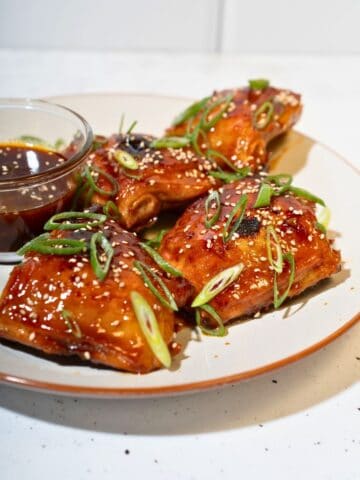
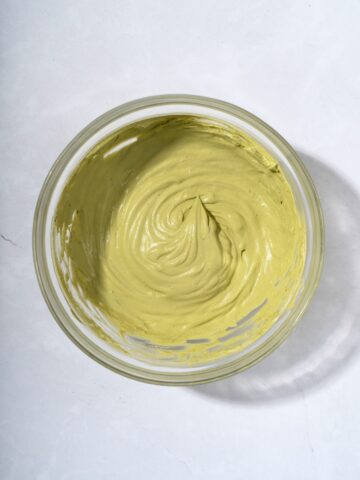
Comments
No Comments